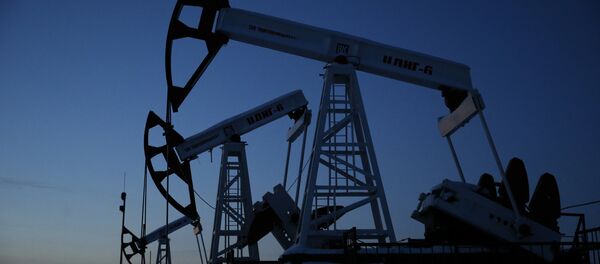According to the new data, crude shipments to China increased to 600 million barrels a month. Since then, China has kept that pace.
Crude imports to China reached a new record high in the beginning of the year. By June, shipments grew by 16 percent against the previous year. The images showed 2,100 commercial and strategic petroleum reserve tanks with a capacity of 900 million barrels. That is four times what industry reports indicated at the time, according to the company.
"Storage capacity seems to still be rising along with supply. It really represents China’s capacity to take advantage of any price swings in the market," Orbital Insight’s CEO James Crawford told Newsweek.
Moreover, China is showing no signs of easing with construction of new oil tanks.
"I’m not surprised. There is more storage available in China than the market is willing to acknowledge. Any information around this is valuable. There seems to be quite a bit of flexibility between commercial strategic storage tanks, even though official statistics do not account for all of it," Michal Meidan, an analyst with London-based consultancy Energy Aspects, told Bloomberg.
"They’re very market-savvy, so they’re not going to buy above $50. They’re targeting the low- to mid-$40s," a bank trader told Newsweek on the condition of anonymity.
This means that oil prices may continue to fall below $45 and will stay there as long as China is stockpiling its reserves.
However, Alexander Pasechnik, a senior analyst at the National Energy Fund, suggested that the fact that China has oil reserves not accounted for in official statistics will have a little impact on the pricing.
"As for now, the Chinese reserves, including not accounted for, can cover several months or maybe weeks of consumption. This is not the amount that can affect the global market. For example, cut in oil production in Venezuela and some other countries neutralizes its influence on pricing," Pasechnik said in an interview with Russian online publication Svobodnaya Pressa.



